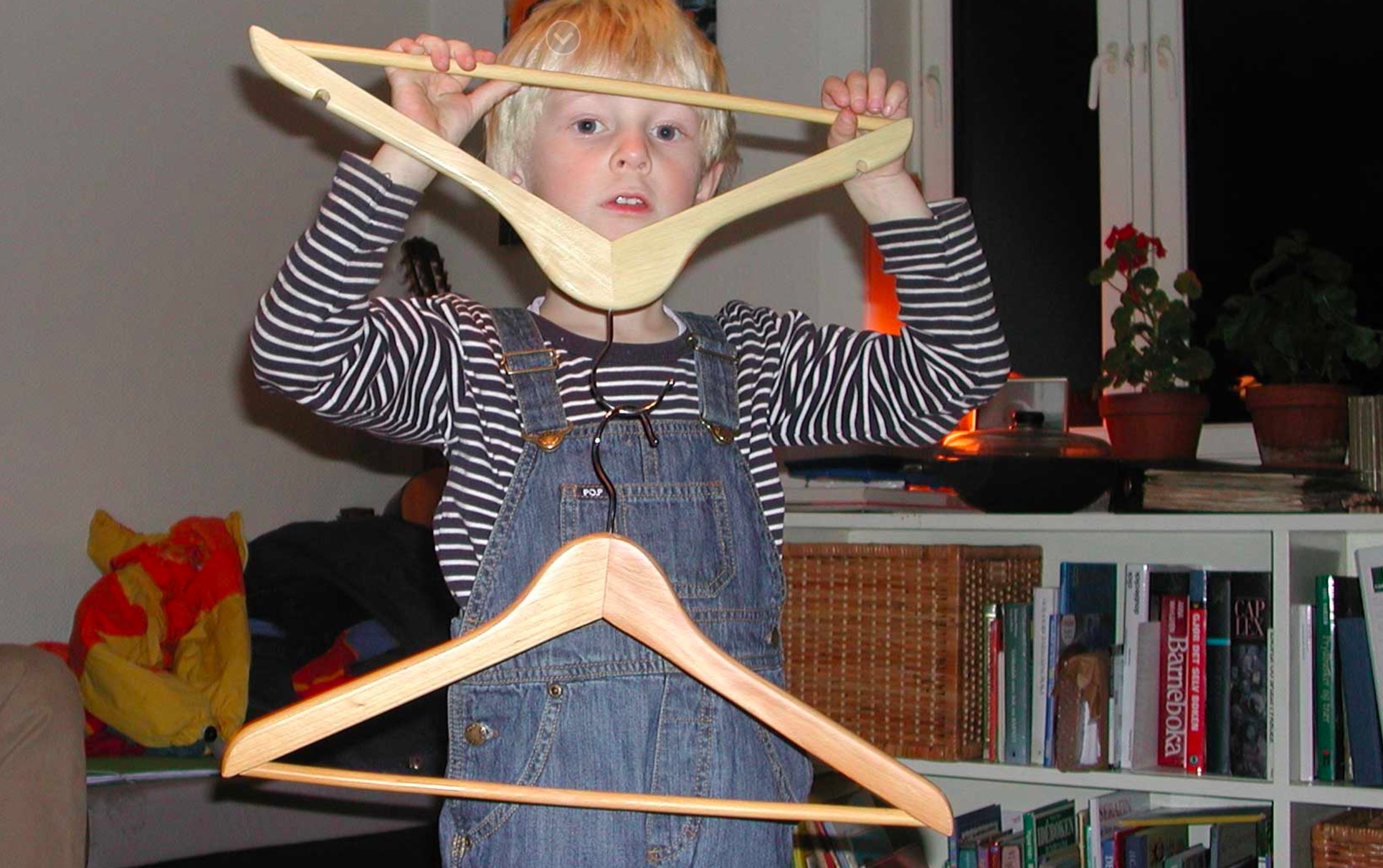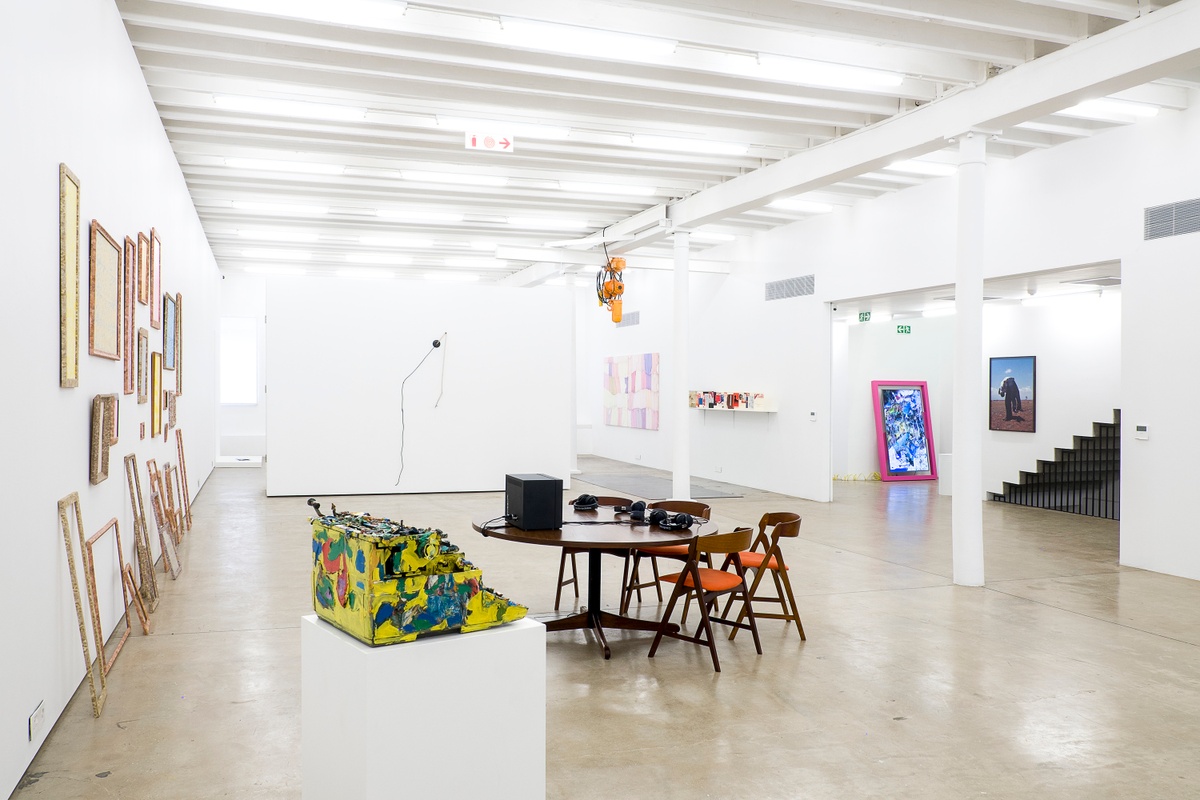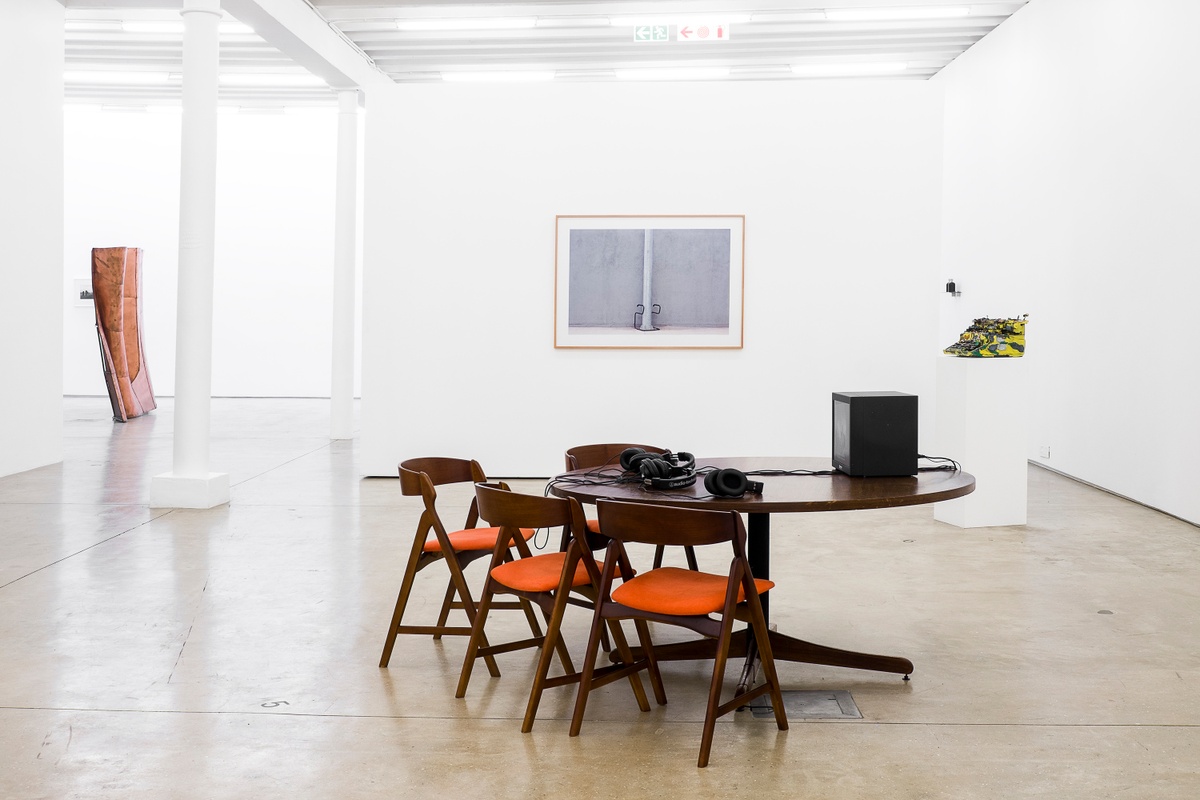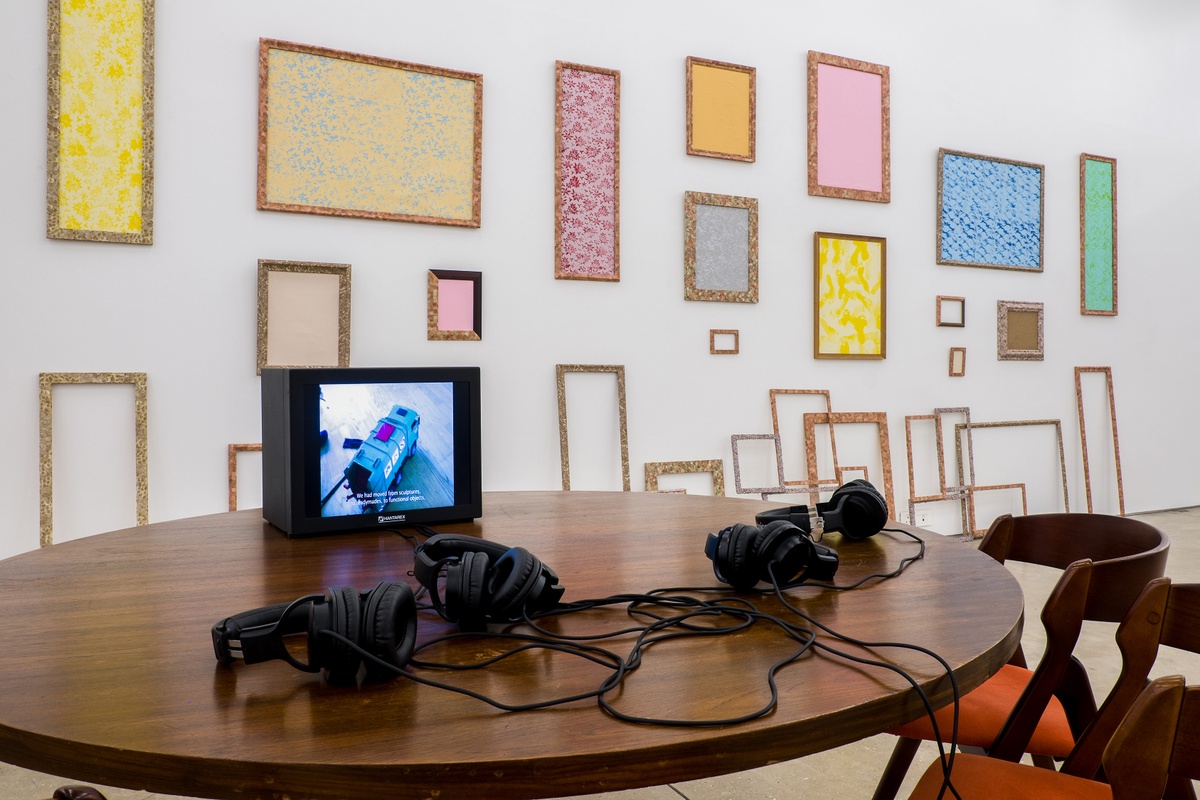Ane Hjort Guttu

In the winter of 2006, the subtitles begin, I started observing my son Einar’s experiments with form. A slideshow of photographs narrated in Norwegian shows an assortment of household objects – some arranged, others appearing incidental; eggcups, ribbons, till slip, gumboots. The voice considers each composition with the solemnity of a critic considering an artwork. Einar plays the part of artist (however unwittingly). As the slides progress, the narrator is led to conclude that art is necessarily everywhere or nowhere, that the boundary between art and non-art is vanishingly faint. Art, by definition, has no single definition. Many things look like art, but are not, the subtitles read with a studied evasiveness. And many things do not look like art, but are art, or not.
b.1971, Oslo
In text, film, and installation, Ane Hjort Guttu offers spare reflections on the potential of art to challenge political systems. The thematic fulcrum of her work is most eloquently distilled in her suite of four films – Freedom Requires Free People (2011), Untitled (The City at Night) (2013), This Place is Every Place (2014), and Time Passes (2015) – which takes as subject individual freedom within the body politic, the artist in society, and the representation of inequalities. The films’ refined simplicity, more often centred on a single action, belies the complexities of the artist’s concerns. They are neither didactic nor ideological, but rather suggestive and speculative; part documentary, part fiction. The conceit is apparent; the narratives only more compelling for it. A child rails against school rules, an artist makes drawings no one will ever see, activists look to the utopian future, an art student begs alongside an unhoused woman. All gesture to the respective powers of the implicit and the visible, to the political made apparent, and the political left unaccounted for. “I’ve decided that I don’t want to document or represent what I’ve done these past months,” one character says to another. “Because when I do so, I lose my work.”


